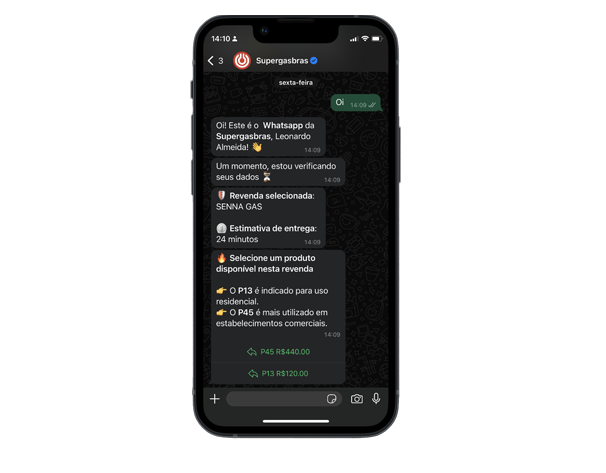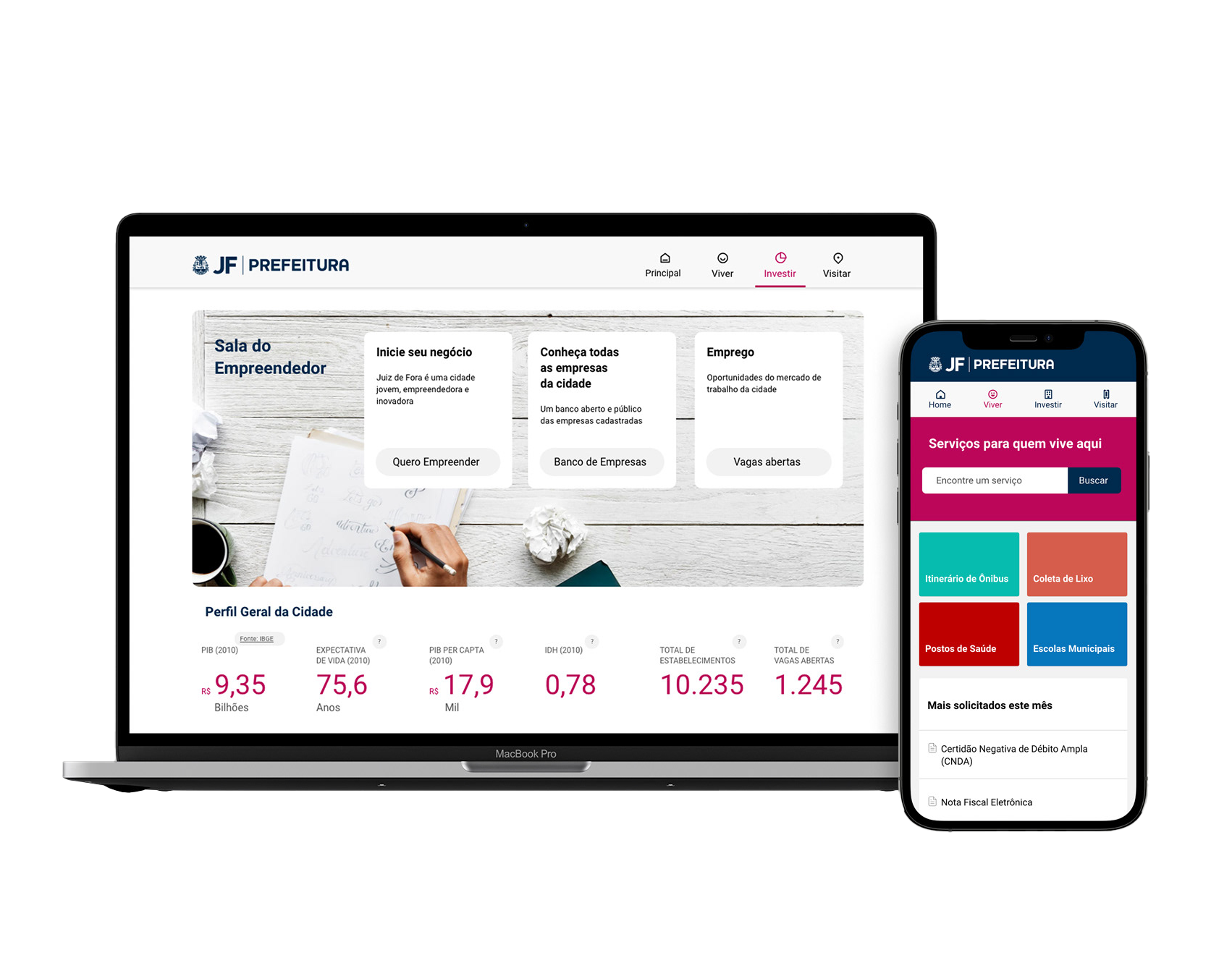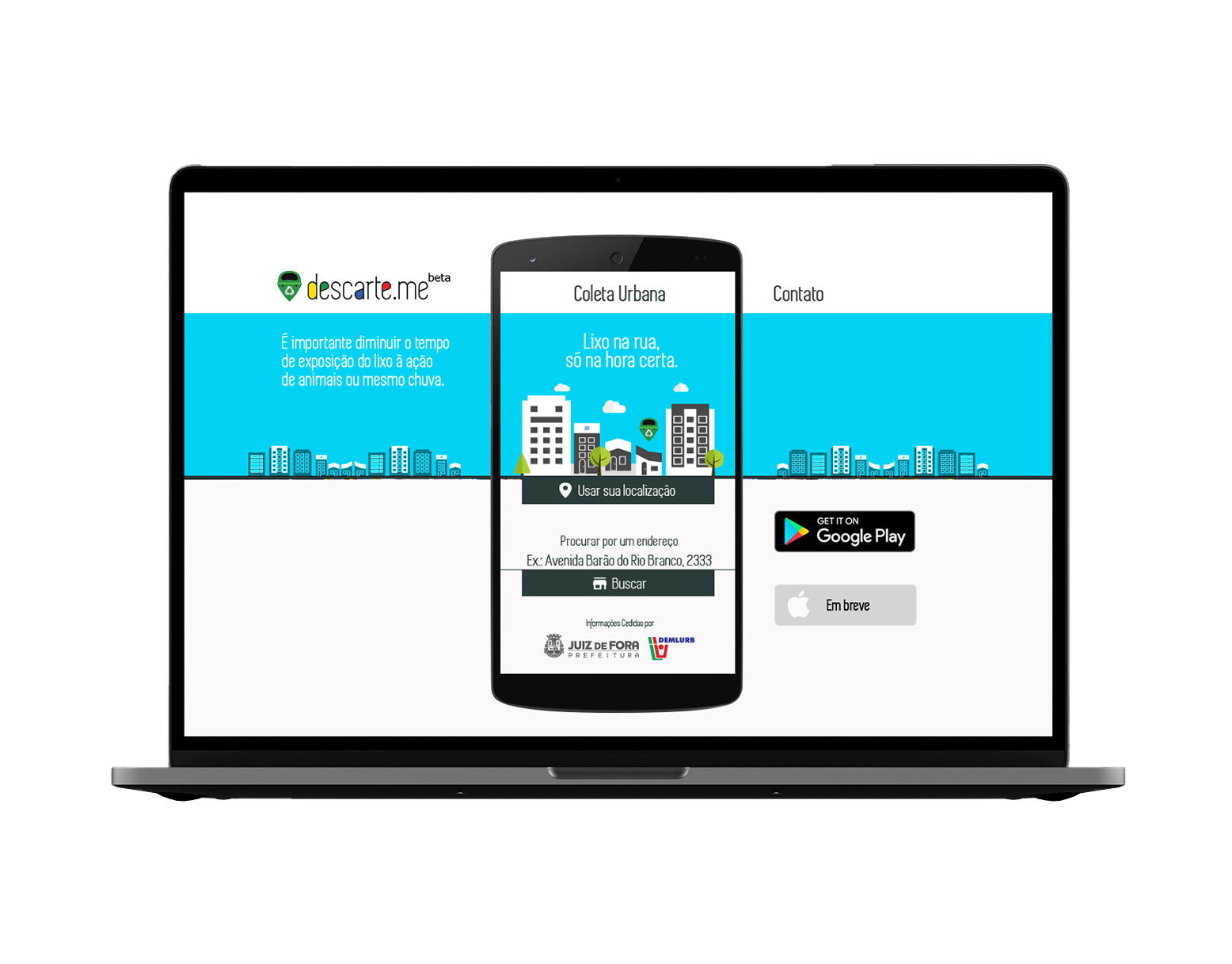Project Summary
I cannot speak for everybody, but I hate to stay in a queue, specially if it's to pay something or some bill slip
This case study brings my experience to deliver a better service to the city citizens iterating the process and using an underused tool to reduce costs and time in line
But this case is just the door to a new perspective of the public administration, bringing efficiency to the bureaucracy
Problem Definition
How to improve the quality and agility of this service that has historically, low efficiency, once upon a lot of citizens prefer to pay more taxes than face the line?
Objective
Test the hypothesis that the city administration can be more efficient, improve the experience quality and reduce it costs, if invest in digital transformation thru service design practices, design thinking and agile methodologies
My role
Concept of the idea, wireframe and project management with the IT team, to connect and deliver the solution. Also, apply the test
Solution
Redirect the workforce and reuse a kiosk that was not being used, to create a self-service option. A equipment connected to the local network with a printer, where citizens can do by themselves this service
Deliverables
CSD Matrix, User Flow, Wireframe, User Interface, Kiosk Prototype
Tools
Adobe XD, Sheets
Collaborators
Sofia Simanke (Front-End and Design)
William Rezende (Back-End and Connection)
Lucas Crisóstomo (Service Journey)
Gilmar Andrade (Physical Prototype)
William Rezende (Back-End and Connection)
Lucas Crisóstomo (Service Journey)
Gilmar Andrade (Physical Prototype)
Service Scenario
When I worked at Juiz de Fora city administration, I went to the citizen care department with the project to study the services provided, and propose ways to digitize them. Together with the cross functional team that work at there, and building the bridge with the IT department to make it happen.
They have a project of tax amnesty to citizens who had an overdue debt called “Anistia Fiscal”
Historically, the efficiency of this service was low, with people waiting in line for 1 hour just to get a slip, and the result for this unlikely experience is less tax collection for the administration
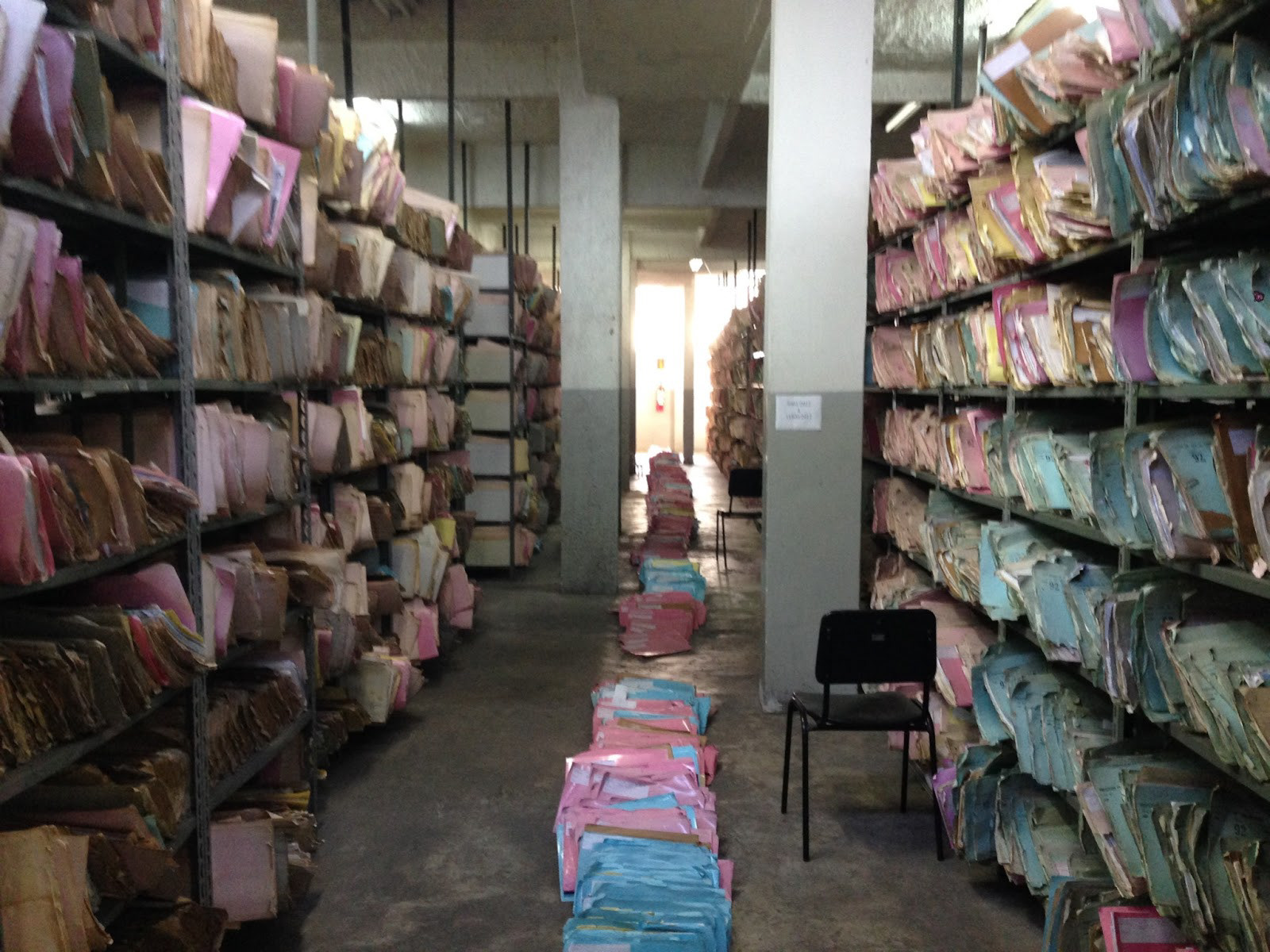
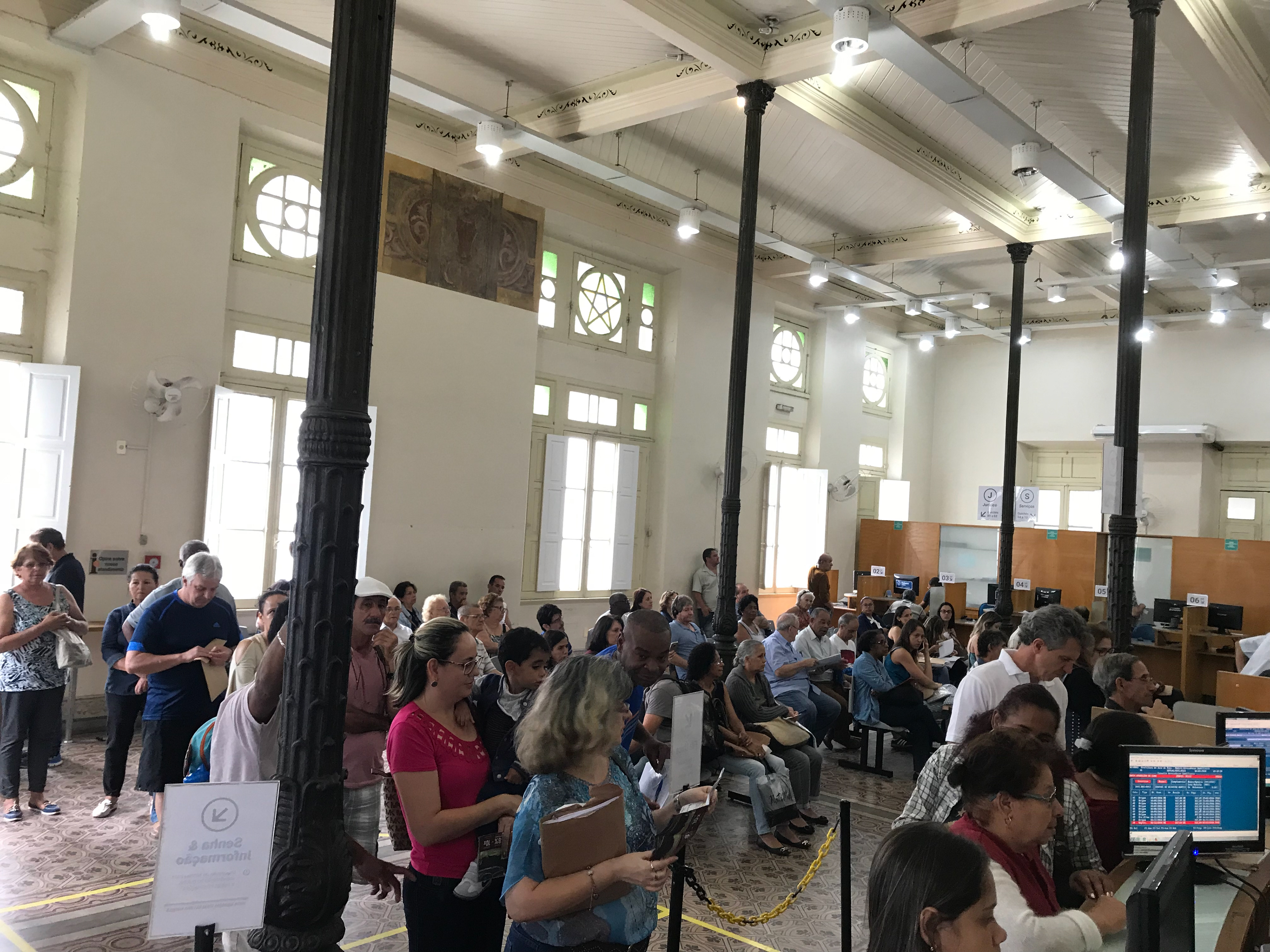
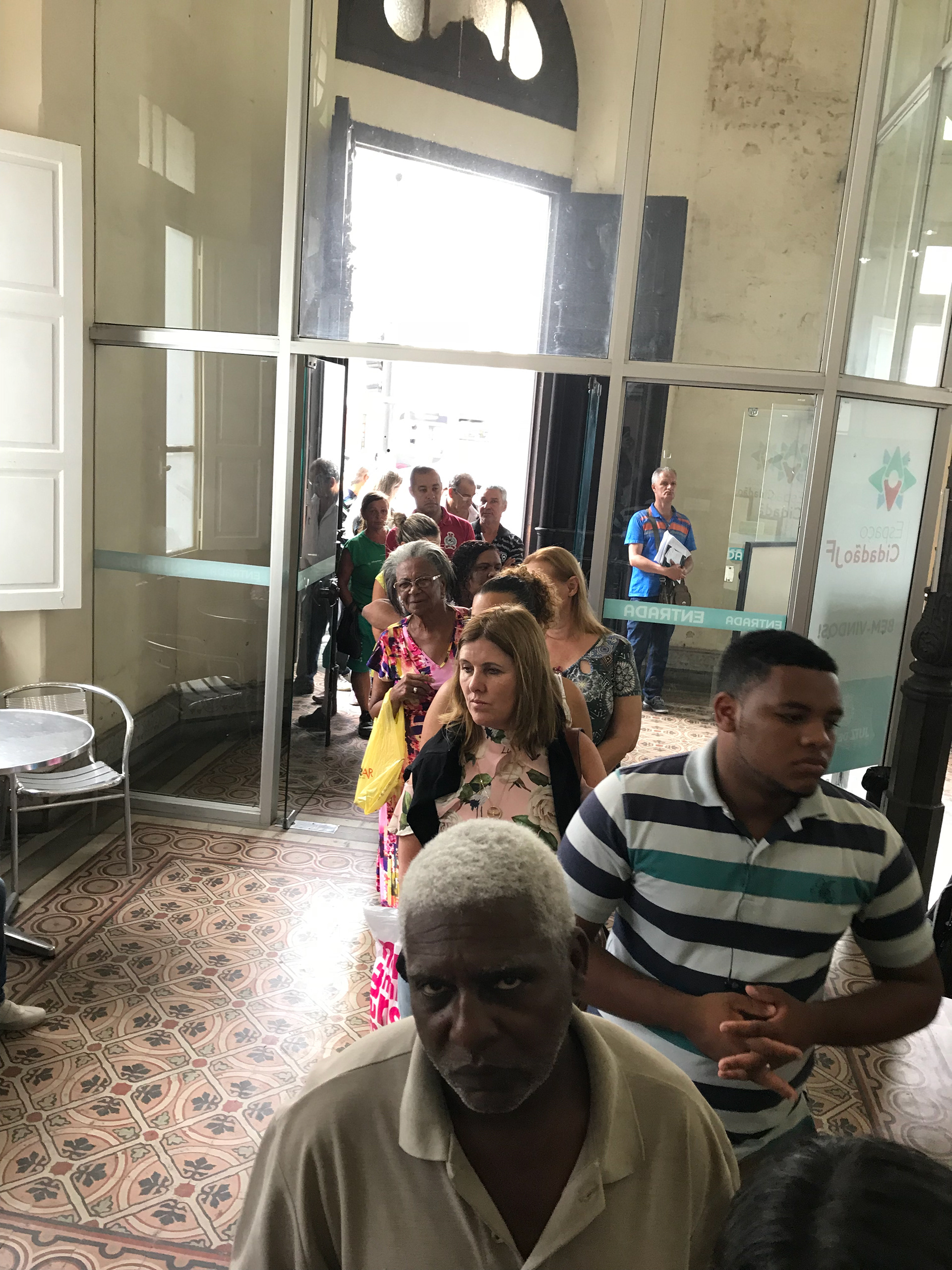

21 days of extra on site service
8 attendants in two shift
5 minutes, average, each service
1-2 hours average time of wait in line
3.000 accession expected
No internet connection available, only local network connection to the service
Understanding the Service Process
The Idea
I knew that they had an underused kiosk left aside in the corner of the room, and I brought the idea to use it
Prototype and Test
In two weeks, me and other team members made the adjustments on the physical structure to put an local computer in it, set the user flow, sketch the screens and build the front-end solution for IT department make the Back-end of the solution
After three days of tests and adjusts we deliver the prototype
It was great to see the people using and thanking for the solution.
But even better to see the results
But even better to see the results
Outcome
Increased the efficiency of the service by almost 30% and reduced the time of wait by half with 1.000 people served
Learnings
During this project we had to use loaned equipment, so, after that specific time the kiosk’s back to the corner.
The hypothesis that this type of service bring economy, efficiency and a better experience to the citizens is confirmed.
At this time, we didn’t had a dedicated team to the development of digital solutions for city hall’s services, only to maintain the legacy system running. Because of it, we made a task force to this project.
